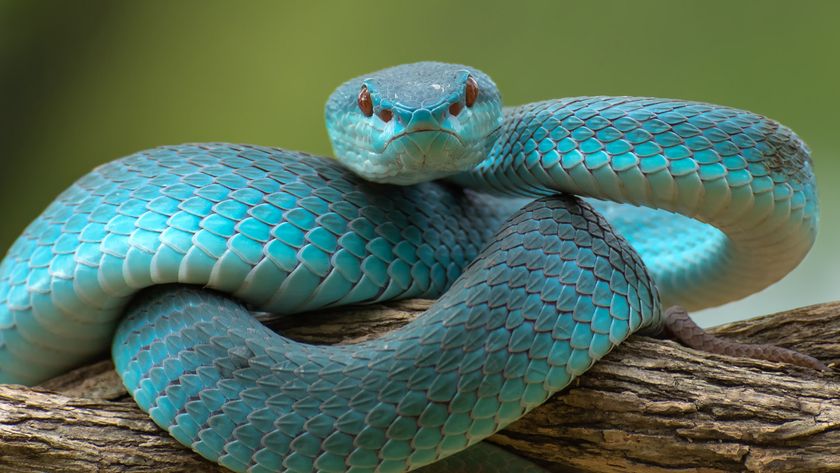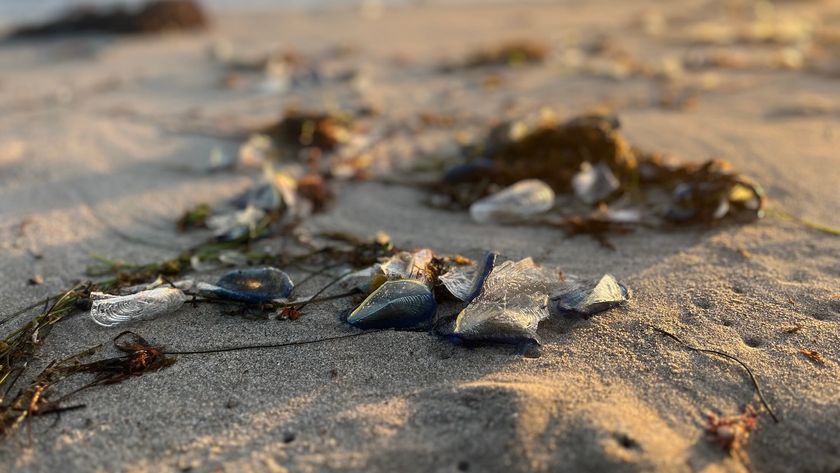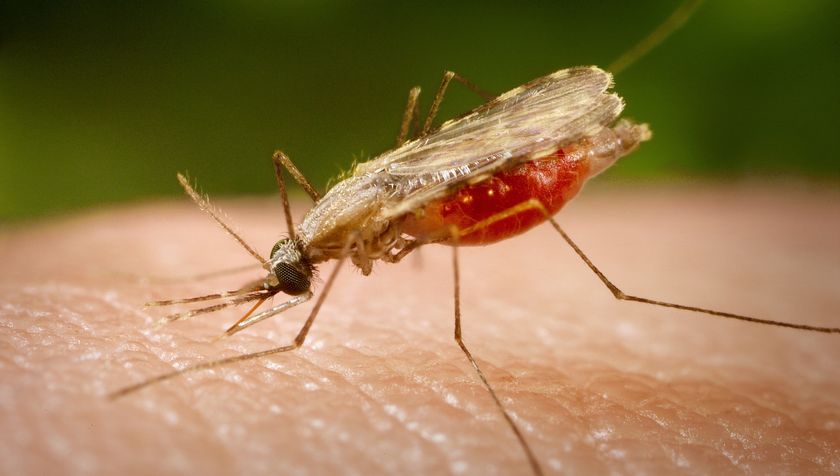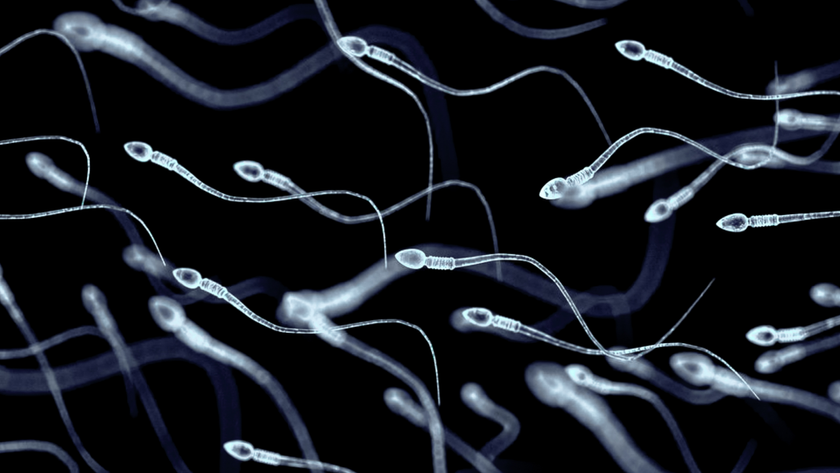Sea Snakes Need Freshwater
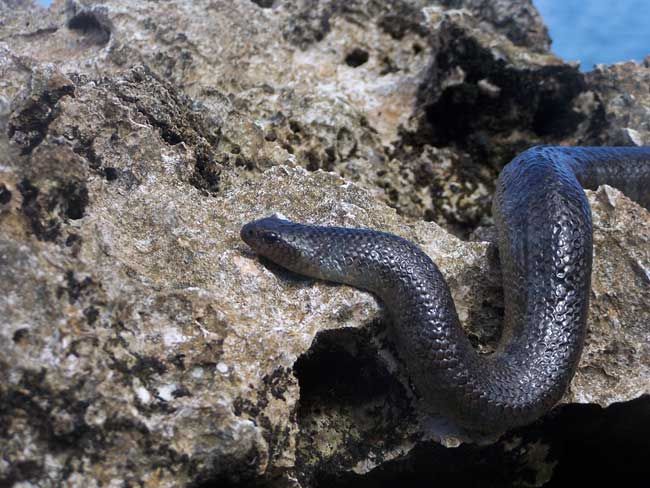
Sea snakes may slither in an endless supply of salt water, but contrary to the longstanding dogma, they don’t drink the "bath water." Instead, they seek out freshwater to quench their thirst. It was long assumed that sea snakes evolved to live in oceans from their land-dwelling ancestors and adapted a new means to hydrate by gulping seawater, with internal salt glands filtering and excreting the salt. But a research team led by Harvey Lillywhite, a zoologist at the University of Florida, found that three different species of sea snakes near Taiwan depend for hydration solely on freshwater or heavily diluted saltwater (with only 10 to 20 percent the salinity of seawater). In tests, thirsty snakes refused to drink natural seawater. Sea snakes are members of the elapid family of venomous snakes that also includes cobras, mambas and coral snakes. Though most spend all, or nearly all of their lives in seawater, they tend to be more commonly distributed in areas that get large amounts of rainfall — which makes sense given the new finding. Lillywhite’s study was based on lab and field observations. In the lab, he kept snakes away from freshwater for two weeks, during which time their scales became dimpled, revealing dehydration. After being weighed, the snakes were freed into saltwater tanks for up to 20 hours and each failed to gain an appreciable amount of weight, indicating their refusal to drink saltwater, despite their thirst. When the experiment was repeated with freshwater, most of the snakes immediately drank freely. More experiments showed the snakes can tolerate highly diluted saltwater as well. These were consistent with field observations performed by Lillywhite’s team at Orchid Island, off the coast of Taiwan. More snakes were found at all sites nearby that had a known source of freshwater. Some species range quite far into the open ocean where there’s no explicit freshwater source, Lillywhite said. In these vicinities, sea snakes probably get their drinking water from a "lens" of freshwater that dilutes saltwater during and after rainfall. The calm waters in some lagoons helps freshwater persist at the top of the saltwater before mixing in, which explains why dense populations of sea snakes tend to be found there compared to open ocean areas. Scientists previously assumed that the snakes’ salt glands helped the creatures filter sea water, but now Lillywhite thinks these glands help the snakes with ion balance — moving excess salts from away from the bloodstream. The water requirements of all sea snakes and other marine reptiles could be important in learning why certain species live where they do and the geographical boundaries that exist among them. If global climate change contributes to higher rates of droughts in tropical regions, at least some snake species will most likely be threatened due to heavily restricted amounts of drinking water.
Editor's Note: This story was updated at 2:15 p.m. to correct the salinity information in the 2nd paragraph.
- Gallery: Small Sea Monsters
- Environment Quiz: Test Your Nature Knowledge
- Why We Fear Snakes
Sign up for the Live Science daily newsletter now
Get the world’s most fascinating discoveries delivered straight to your inbox.
